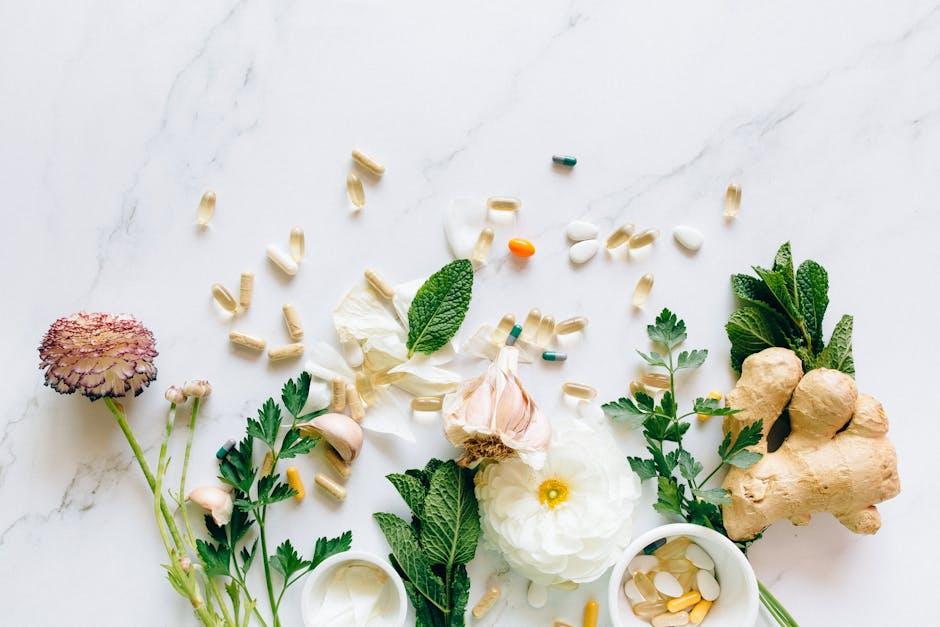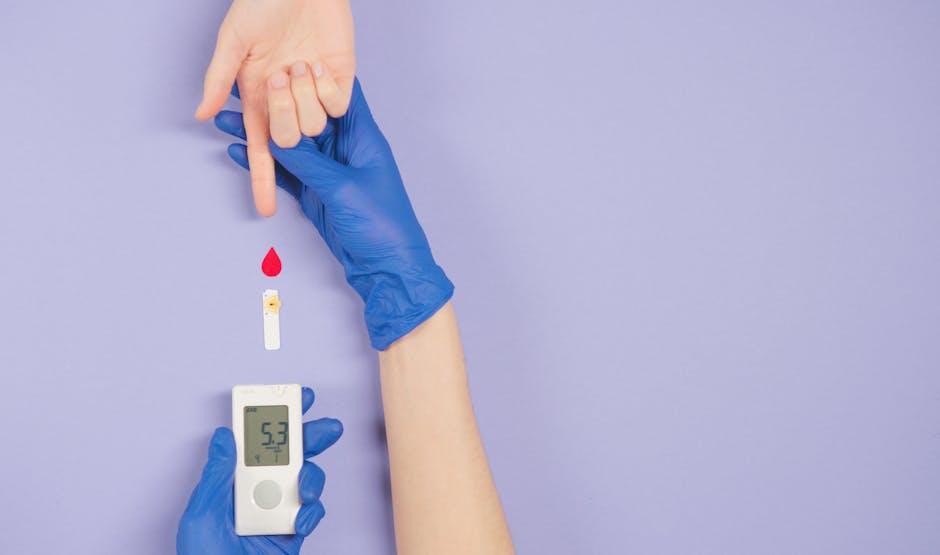A “true” minimalist routine usually involves three to five steps, says Hannah Kopelman, DO, a dermatologist at Kopelman Aesthetic Surgery in New York City.
“I always remind patients that minimalism is purposeful — it means focusing on ingredients that have proven efficacy, avoiding redundancy, and giving your skin room to breathe,” she says. “A routine isn’t minimalist just because it’s short; it becomes minimalist when each step is thoughtfully selected to meet your unique skin goals without irritation or overload.”
Dr. Kopelman also notes that the term “minimalist” is subjective and can be interpreted differently based on skin type and specific skin-care goals.
“If someone uses four products that cover all the skin’s needs — cleansing, treatment, moisturizing, and [sun] protection — that’s minimalist,” she says. “If they’re using eight products that overlap or include unnecessary [active ingredients], even if applied quickly, that’s just excess.”
That said, the order in which you apply products also matters. Kopelman recommends applying products from thinnest consistency to thickest to make sure your skin absorbs each one properly.
Here’s the five-step minimalist skin-care routine Kopelman recommends to most of her patients.
1. Cleansing
Wash your face with the right cleanser to remove dirt, oil, and environmental buildup without stripping your skin of its natural oils.
“I typically recommend cleansing twice a day — morning and evening — though some people with dry or sensitive skin may only need to cleanse once, at night,” says Kopelman. “A gentle, nonfoaming cleanser is often enough unless you wear makeup or sunscreen, in which case you might benefit from double cleansing at night.”
If you live in a heavily polluted area or wear makeup every day, Kopelman recommends starting with an oil-based cleanser to break down debris and following up with a gentle cleanser to make sure everything’s thoroughly rinsed off.
2. Toning
Toning isn’t a must, but it can prepare the skin for better absorption of subsequent products.
“If your cleanser is balanced and your serum is doing its job, you may not need a toner at all,” says Kopelman. “For those who enjoy this step or want a bit of extra hydration, I recommend looking for alcohol-free, non-astringent formulas with calming ingredients like chamomile, rose water, or hyaluronic acid.”
3. Treatment
If you’re concerned about specific skin issues like acne, pigmentation, or fine lines, you can spot-treat with a product that contains active ingredients in the mornings or evenings.
“I love multitasking serums for minimalist routines. I often recommend ones that combine niacinamide, peptides, and hyaluronic acid, as these address tone, texture, and moisture all at once,” says Kopelman. “For someone dealing with pigmentation or early aging, a vitamin C serum might be a better fit — the goal is to simplify without compromising results, so we look for ingredients that are well-tolerated, evidence-backed, and capable of doing more than one thing.”
4. Moisturizing
“This is nonnegotiable, even for oily skin types,” says Kopelman. “The texture will vary depending on skin type — a gel for oily skin, a cream or balm for drier skin,” she adds. “I look for ceramides, glycerin, and squalane in a moisturizer, and I always recommend fragrance-free options for sensitive or reactive skin.”
5. Sun Protection
“I tell everyone to use a broad-spectrum SPF 30 or higher, every morning, rain or shine,” says Kopelman. “Look for formulas that you’ll actually want to use — lightweight textures, mineral or chemical, depending on your skin’s preferences, and ideally, tinted formulas for people who want visible light protection without a white cast.”











:max_bytes(150000):strip_icc()/vwh-product-vital-proteins-peptides-jthompson-6723-ff4cac2eecdd459e8ed4ff4bc8cd5bbf.jpeg)